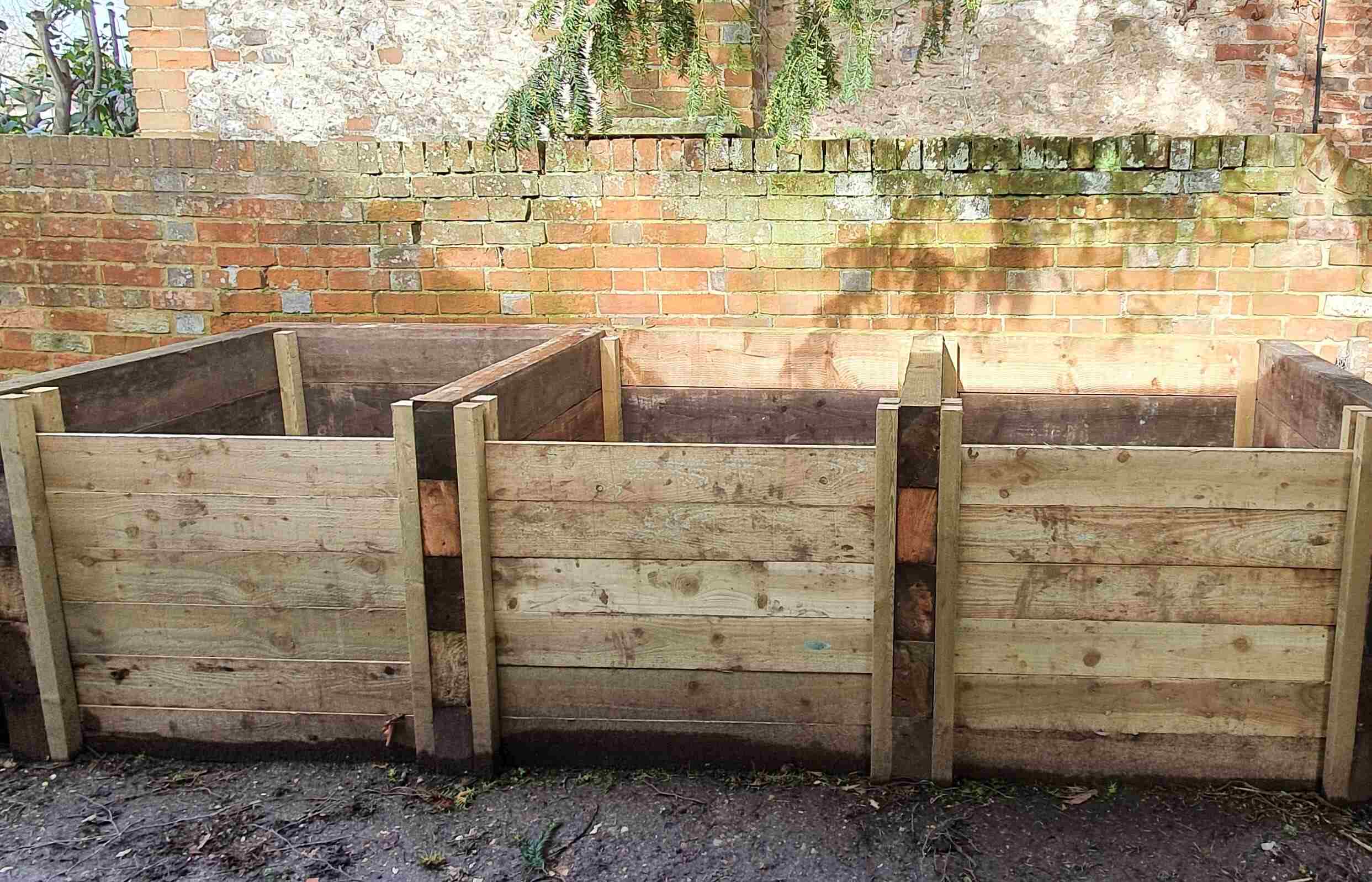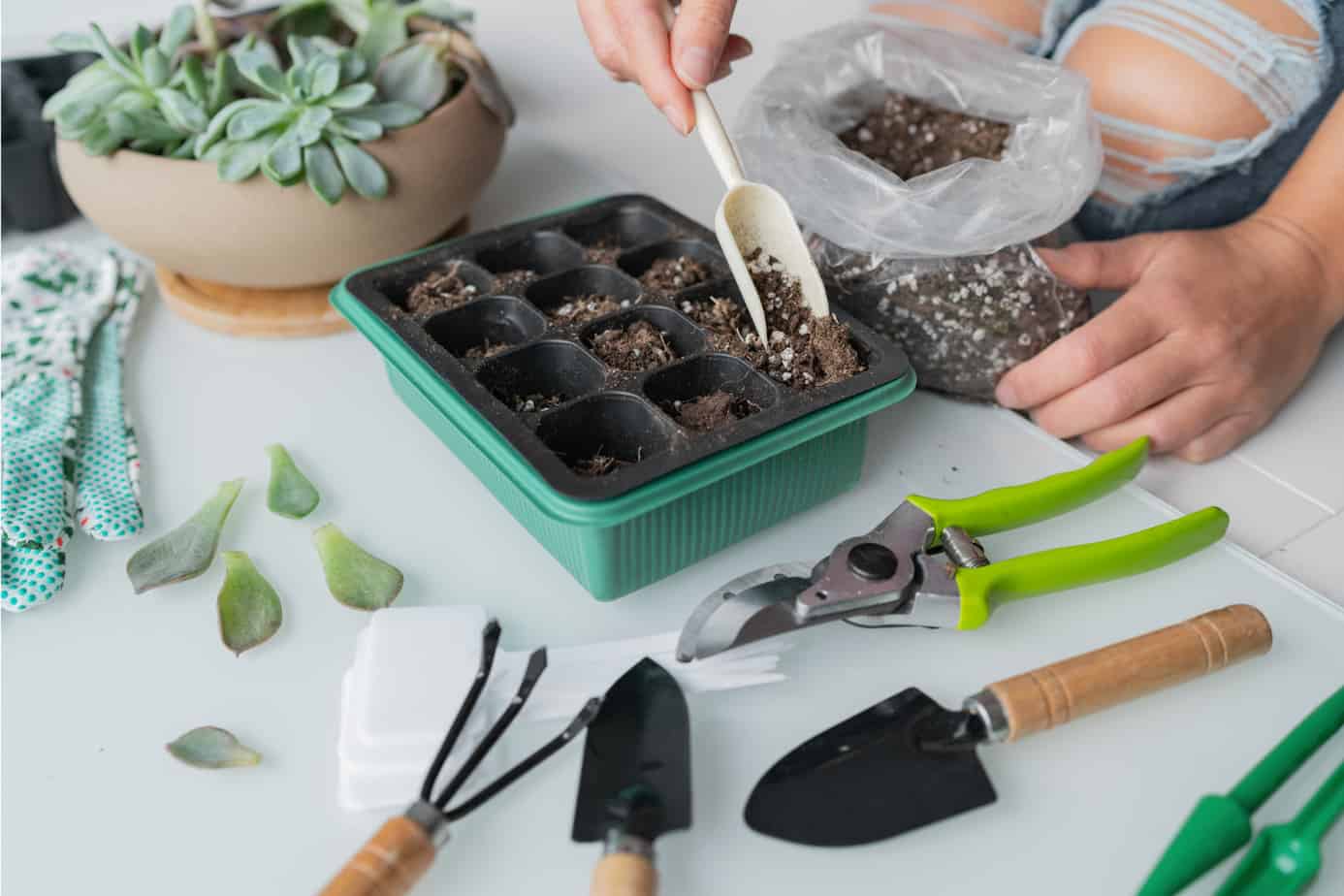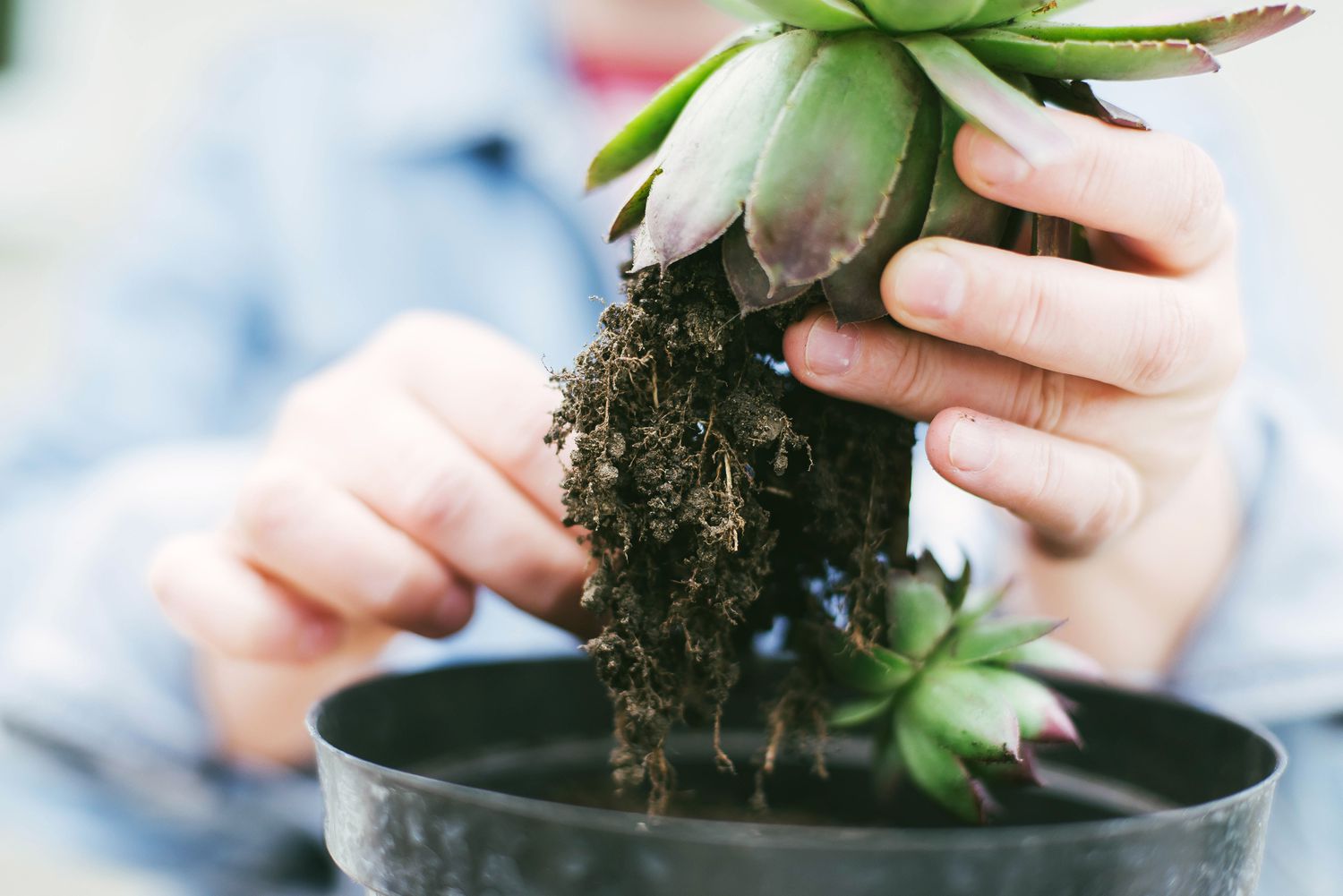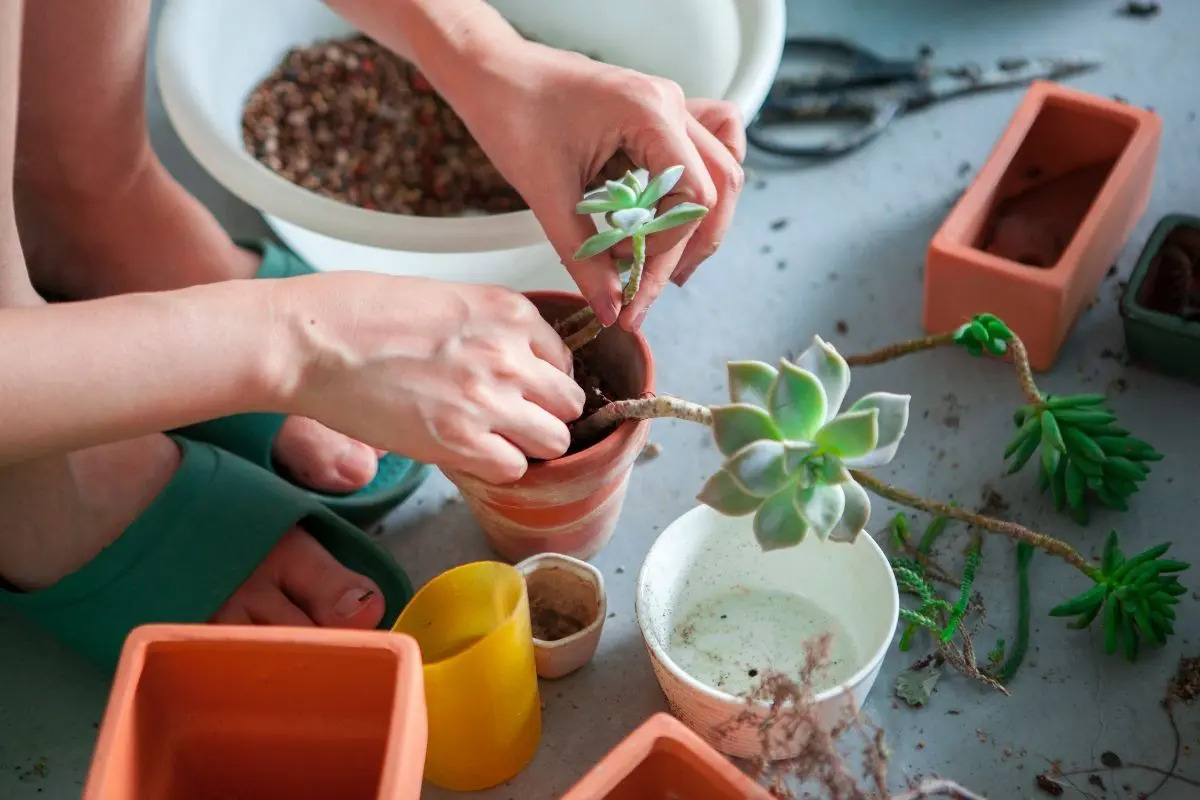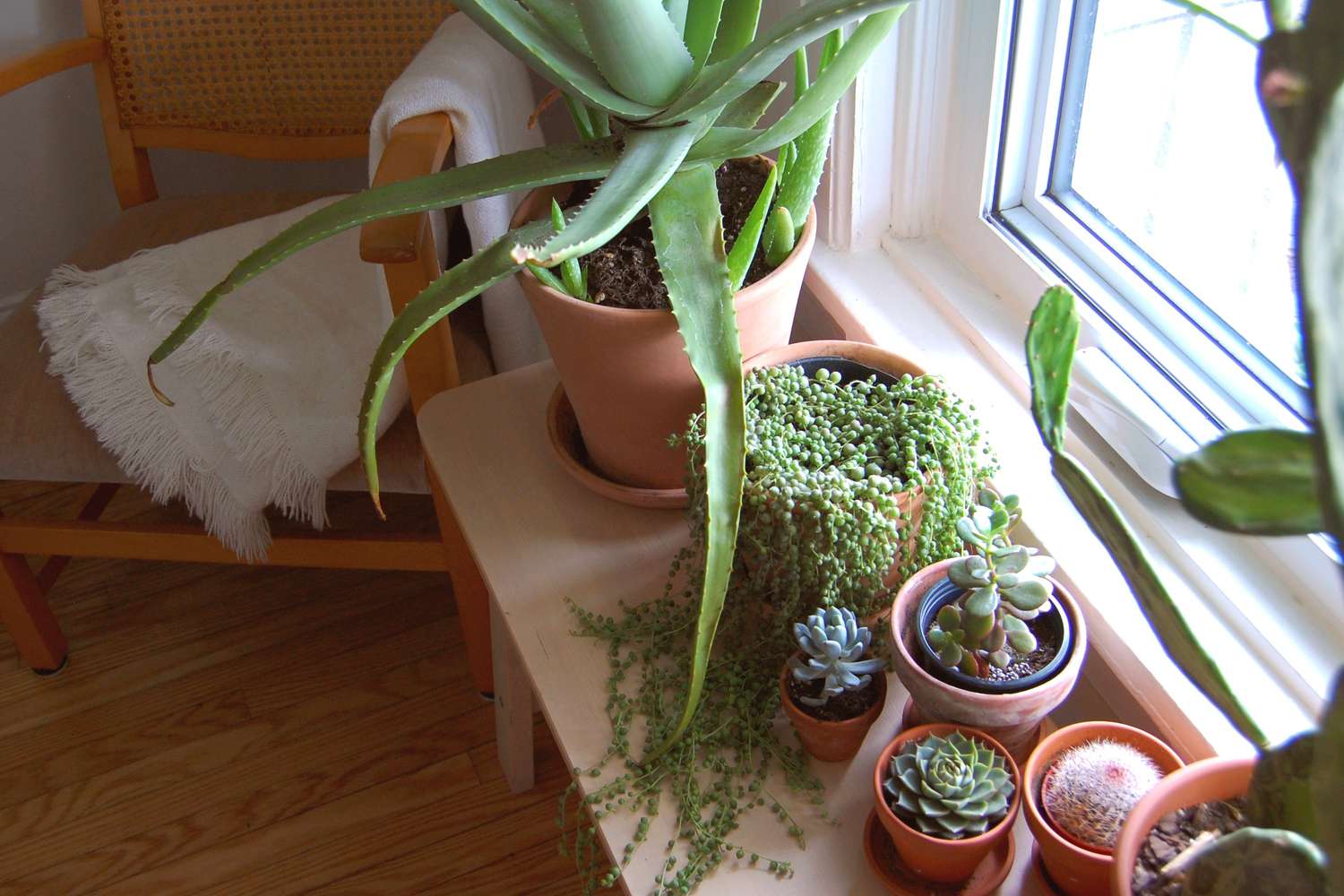Home>Types of Gardening>Ornamental Gardening>What Kind Of Soil Do I Need For Succulents
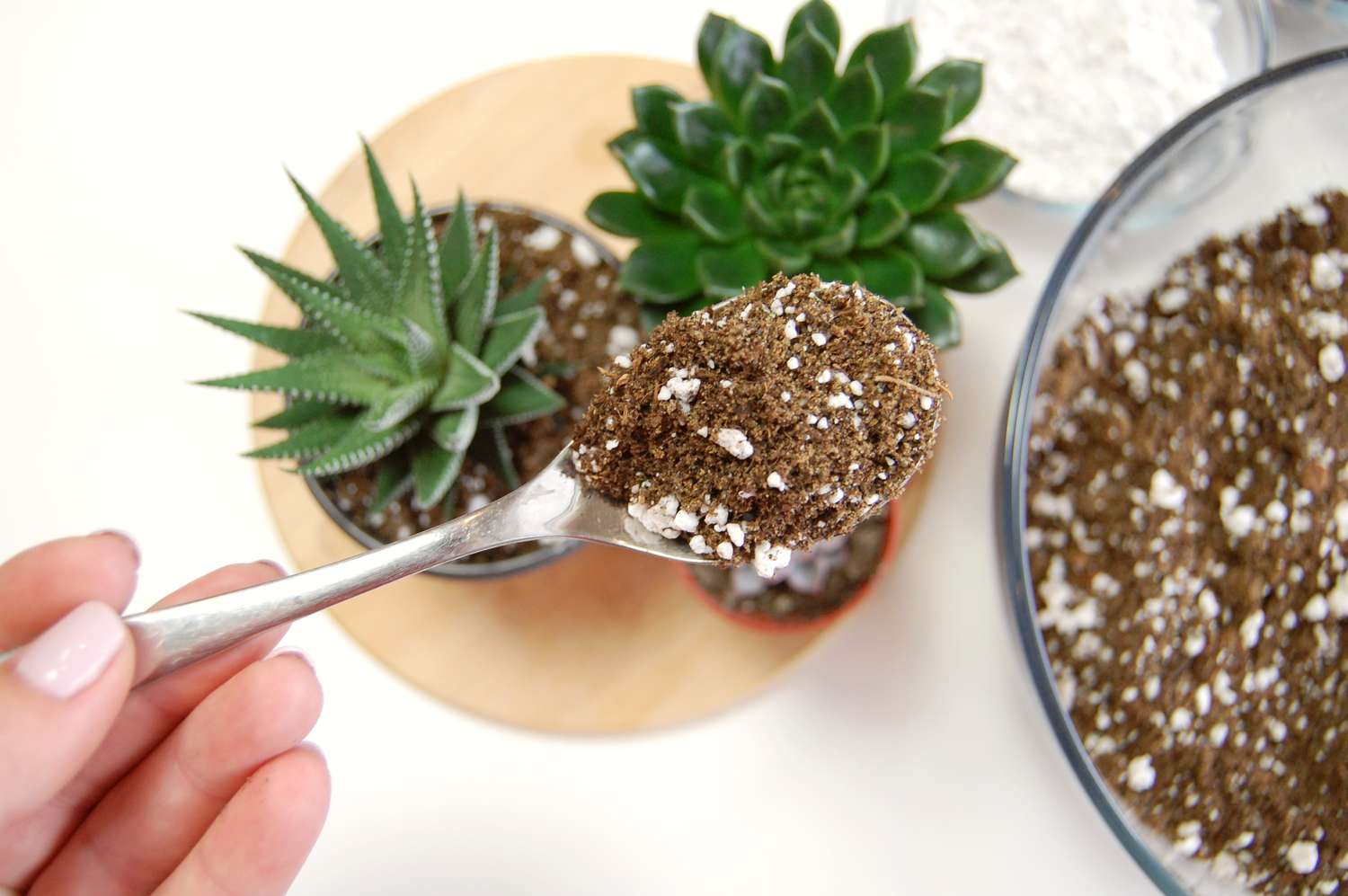

Ornamental Gardening
What Kind Of Soil Do I Need For Succulents
Modified: February 10, 2024
Discover the best soil for succulents in your ornamental garden. Learn how to create the perfect growing environment for your succulent plants.
(Many of the links in this article redirect to a specific reviewed product. Your purchase of these products through affiliate links helps to generate commission for Chicagolandgardening.com, at no extra cost. Learn more)
Table of Contents
Introduction
So, you've decided to venture into the delightful world of succulents. Congratulations! These charming plants are known for their striking appearance and low-maintenance nature, making them a popular choice for both seasoned gardeners and beginners alike. Whether you're an avid gardening enthusiast or a casual plant lover, cultivating succulents can be a rewarding and therapeutic experience.
Succulents, with their fleshy leaves and unique shapes, add a touch of natural elegance to any space, be it a sunny windowsill, a garden bed, or a terrarium. Their resilience and adaptability make them an excellent choice for those who may not have the greenest of thumbs. However, before you embark on your succulent-growing journey, it's crucial to understand the specific needs of these captivating plants, starting with the foundation of their growth – the soil.
In this comprehensive guide, we will delve into the intricacies of selecting the right soil for succulents. From understanding the unique characteristics of succulents to exploring the various types of soil suitable for their growth, this article aims to equip you with the knowledge and confidence to create an optimal environment for your succulent companions. So, grab your gardening gloves and get ready to unearth the secrets of soil selection for succulents!
Understanding Succulents
Before delving into the specifics of soil selection, it’s essential to grasp the unique nature of succulents. These fascinating plants have evolved to thrive in arid and semi-arid regions, where water is scarce and the environment is challenging. As a result, succulents have developed specialized adaptations to store water in their leaves, stems, or roots, allowing them to survive prolonged periods of drought.
One of the most distinctive features of succulents is their fleshy, swollen leaves or stems, which serve as reservoirs for water. This adaptation enables them to endure dry spells by tapping into their internal moisture reserves. Additionally, succulents have developed efficient mechanisms to minimize water loss, such as a waxy coating on their leaves or the ability to open their stomata at night to reduce transpiration.
Furthermore, succulents exhibit diverse growth habits, ranging from low-lying rosettes to towering, branching structures. Their striking diversity encompasses a wide array of shapes, colors, and textures, making them a captivating choice for both indoor and outdoor ornamental displays.
Understanding the natural habitat and adaptive features of succulents is crucial for replicating their preferred growing conditions in a cultivated setting. By recognizing their water-storing capabilities and their preference for well-draining soils, you can provide an environment that mimics their native surroundings, promoting their health and vitality.
Importance of Soil for Succulents
The role of soil in the growth and well-being of succulents cannot be overstated. Unlike many traditional garden plants, succulents have evolved to thrive in environments with minimal water availability and excellent drainage. As a result, the type of soil in which they are planted directly impacts their ability to store and access water, as well as their overall health and vitality.
One of the primary reasons why soil is crucial for succulents is its role in preventing waterlogged conditions. Succulents are highly susceptible to root rot and other moisture-related issues when planted in dense or water-retentive soils. Unlike plants that prefer consistently moist environments, succulents require soil that allows excess water to drain away rapidly, mimicking the sporadic, heavy rainfall patterns of their natural habitats.
Furthermore, the right soil composition can support the unique water storage and conservation mechanisms of succulents. A well-draining soil mix ensures that the roots of succulents are not constantly sitting in water, which could lead to root suffocation and decay. Instead, it allows the roots to access moisture as needed while preventing the risk of waterlogged conditions that can compromise the plant’s health.
Additionally, the soil plays a crucial role in providing stability and anchorage for succulents, especially those with shallow root systems. A well-balanced soil mix can support the plant’s structure while allowing the roots to establish a firm grip in the growing medium. This is particularly important for potted succulents, as the soil provides the sole source of nutrients and support for the plant.
Understanding the significance of soil for succulents underscores the need for deliberate consideration when selecting or preparing a growing medium for these plants. By prioritizing the characteristics that promote optimal drainage, aeration, and stability, you can create an environment that fosters the resilience and vibrancy of your succulent companions.
Characteristics of Good Soil for Succulents
When it comes to cultivating healthy and thriving succulents, the characteristics of the soil play a pivotal role in providing an environment that meets their unique needs. Good soil for succulents should possess specific traits that support their water storage capabilities, prevent waterlogging, and promote overall plant vitality.
First and foremost, a well-suited soil for succulents should offer excellent drainage. This means that excess water should be able to flow freely through the soil, preventing it from pooling around the roots of the plants. To achieve this, the soil should be porous and loose, allowing water to move through it quickly. Incorporating materials such as perlite, coarse sand, or pumice into the soil mix can enhance its drainage properties, creating an environment that mimics the rocky, well-drained soils of succulents’ native habitats.
Additionally, good soil for succulents should promote aeration around the roots. Adequate airflow in the soil is essential for preventing the onset of root rot and fungal diseases, which can quickly affect succulents in overly compacted or waterlogged conditions. A well-aerated soil mix allows oxygen to reach the roots while facilitating the diffusion of carbon dioxide, supporting the plant’s respiratory processes and overall health.
The soil’s ability to retain some level of moisture without becoming waterlogged is another key characteristic. While succulents thrive in arid environments, they still require occasional access to water to support their growth and metabolic functions. A balanced soil mix can strike the right equilibrium, holding onto sufficient moisture to sustain the plants between watering sessions while ensuring that excess water does not linger around the roots.
Furthermore, a good soil mix for succulents should provide stability and anchorage for the plants. The soil should offer ample support for the roots while allowing them to establish a secure foothold. This is particularly important for potted succulents, as the soil serves as the sole medium for root development and nutrient uptake.
By understanding and prioritizing these characteristics, you can craft or select a soil mix that caters to the specific needs of succulents, fostering an environment where they can thrive and display their natural resilience and beauty.
Types of Soil for Succulents
When it comes to selecting the ideal soil for succulents, several options are available, each with its unique properties and benefits. Understanding the different types of soil and their suitability for succulent growth is essential for creating an environment that promotes the health and vibrancy of these resilient plants.
One popular option for succulent soil is a well-draining cactus mix. This specialized blend is designed to mimic the natural growing conditions of succulents, offering excellent drainage and aeration. Typically, cactus mixes contain ingredients such as coarse sand, perlite, or pumice, which contribute to the soil’s porous nature, allowing water to flow through quickly and preventing waterlogging. These mixes are readily available at garden centers and nurseries, providing a convenient solution for potting or repotting succulents.
Another alternative is to create a custom succulent soil mix by combining components that promote optimal drainage and aeration. A typical homemade succulent soil mix may include a combination of standard potting soil, coarse sand, perlite, and gritty substances such as crushed granite or turface. This blend allows for tailored control over the soil’s characteristics, ensuring that it aligns with the specific needs of the succulents being cultivated.
For those seeking a more natural and organic approach, a mineral-based soil mix can be an excellent choice for succulents. This type of soil incorporates mineral components such as crushed lava rock, granite, or calcined clay, which not only provide effective drainage and aeration but also contribute essential trace minerals to the growing medium. Mineral-based soil mixes closely resemble the rocky terrains where succulents naturally thrive, offering a well-balanced environment for their growth.
Furthermore, succulent enthusiasts may opt for a gritty mix, which comprises coarse sand, gravel, and other gritty materials. This type of soil mix promotes rapid drainage and aeration, mimicking the challenging, rocky soils of succulents’ native habitats. Gritty mixes are particularly suitable for succulents that are prone to overwatering, as they help prevent water from accumulating around the roots.
Ultimately, the choice of soil for succulents depends on various factors, including the specific species of succulents, local climate conditions, and individual preferences. By exploring the diverse types of soil available and their respective characteristics, you can make an informed decision that aligns with the needs of your succulent collection, setting the stage for their flourishing growth and visual splendor.
Conclusion
As you embark on your journey of nurturing succulents, it becomes evident that the soil in which they are planted forms the cornerstone of their well-being. Understanding the intrinsic connection between succulents and their growing medium empowers you to create an environment that mirrors their natural habitat, promoting their resilience and vitality.
By recognizing the significance of soil with excellent drainage, optimal aeration, and the capacity to support succulents’ water storage mechanisms, you lay the groundwork for a thriving succulent garden. Whether you opt for a specialized cactus mix, a custom homemade blend, a mineral-based soil, or a gritty mix, the key lies in prioritizing the essential characteristics that align with the needs of these remarkable plants.
As you delve into the world of succulent cultivation, the journey of soil selection is not merely a matter of practicality; it is a harmonious fusion of science and art. It is a testament to your dedication to providing an environment where succulents can flourish, displaying their captivating diversity and resilience.
So, as you reach for that bag of well-draining soil mix or meticulously craft your custom blend, envision the thriving succulent garden that awaits. The soil beneath your fingers becomes more than a growing medium – it becomes a canvas upon which the beauty and tenacity of succulents unfold, enriching your surroundings and nurturing your passion for ornamental gardening.
May your succulent journey be adorned with the vibrant hues and intricate forms of these remarkable plants, each nurtured by the soil you have thoughtfully chosen. As you witness the flourishing growth and enduring charm of your succulent companions, remember that it all began with the soil – the nurturing foundation upon which their captivating story unfolds.
